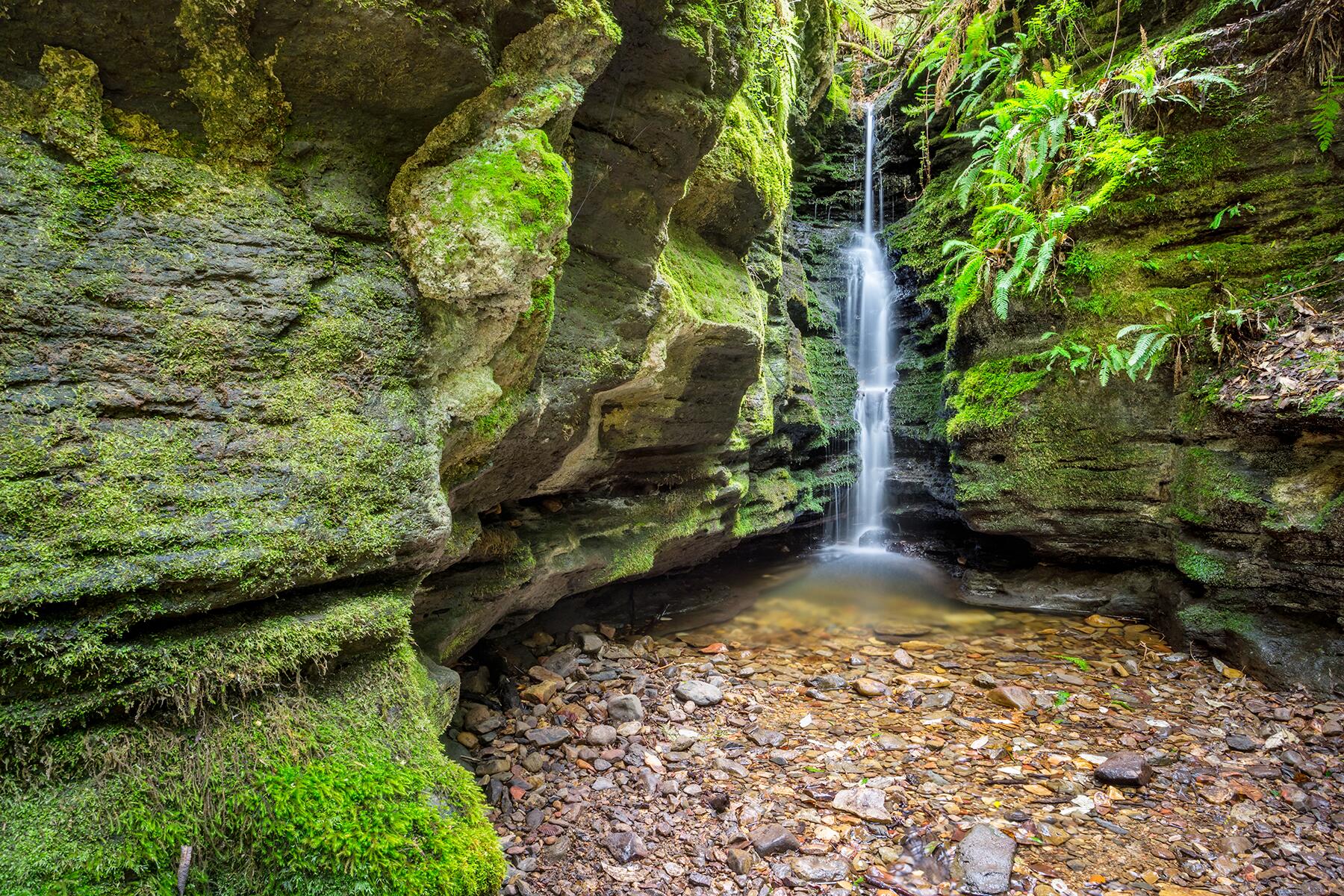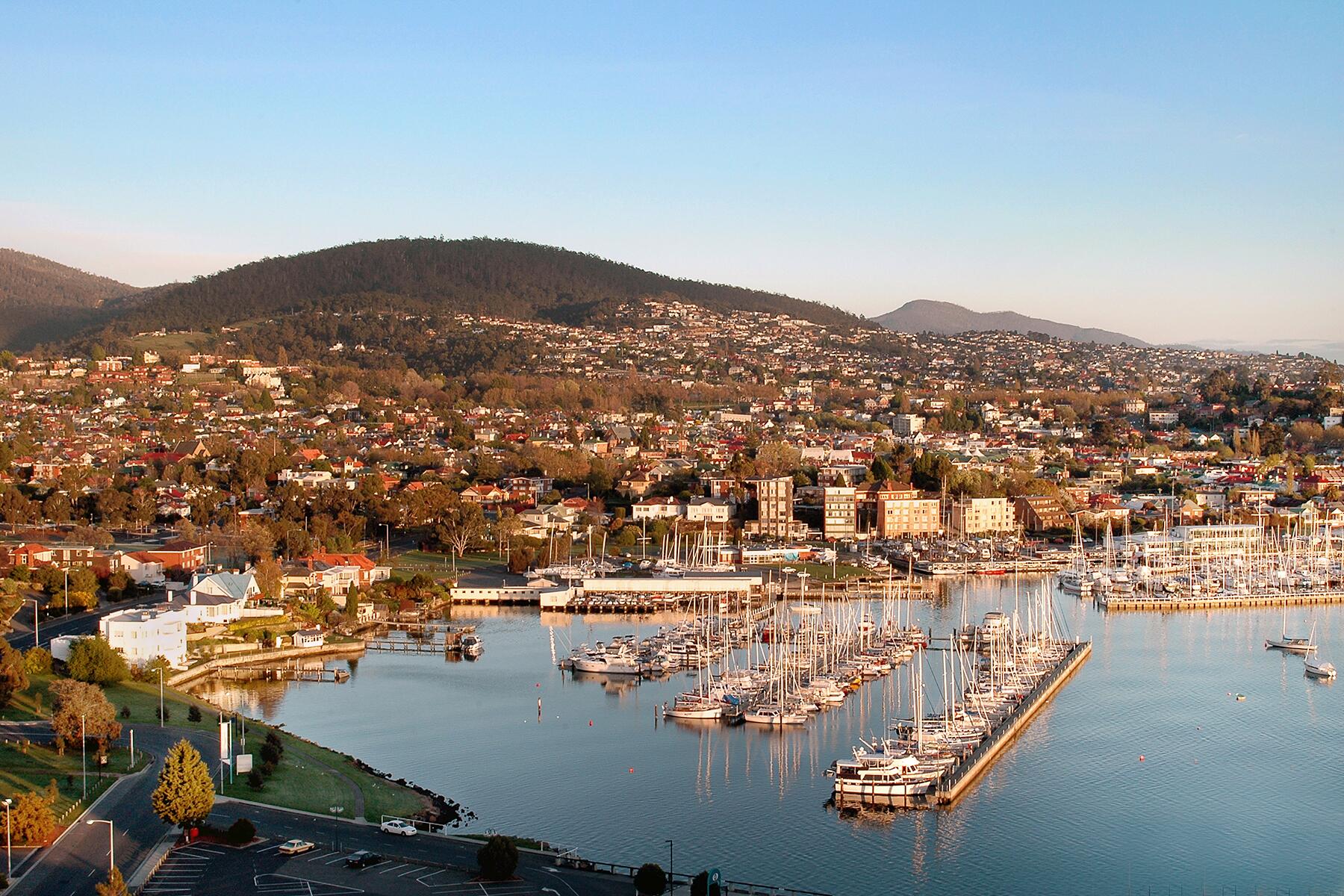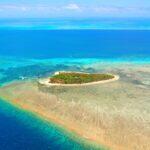
Australia & the Pacific
Top places to go in Australia & the Pacific in 2023
Expand Full List




-
Cairns, Australia
![]()
-
Hobart, Tasmania, Australia
![]()
-
Marshall Islands
![]()
-
Moorea, French Polynesia
![]()



Cairns
Australia
Cairns is a gateway to not only the Great Barrier Reef but also ancient rainforests believed to be 100 million years old. Explore the Great Barrier Reef by snorkeling, diving, kayaking, taking a boat tour, or even taking a helicopter ride. Sign up for a trip with Indigenous Sea Rangers from Dreamtime Dive & Snorkel, experience Reef Magic’s new pontoon, or join a reef monitoring volunteer science project with No Limit Adventures.
Once you’re back on land, head up to the UNESCO Wet Tropics and explore the rainforest. Start at the Mossman Gorge Cultural Centre, sign up for a Daintree Dreaming experience with Down Under Tours, learn about Kuku Yalanji culture with a fishing or art and culture tour, or opt for a moonlight trip with Kuku Yalanji Cultural Habitat Tours.
You can also wander Kuranda and take the Skyrail Rainforest Cableway and historic Kuranda Scenic Railway. But Cairns isn’t all nature. Cairns Esplanade is a city hub with a 4,800-square-meter saltwater swimming lagoon, boardwalks, playgrounds, barbecues, and plenty of outdoor exercise options. It is a vibrant city with great restaurants—be sure to check out Prawn Star for fresh seafood served on a boat—as well as bars, breweries, and gin tasting at Wolf Lane Cellar Door. Catch a show at Tanks Arts Centre, which has performances, art shows, music, and more.
Three different Crystalbrook Collection properties have opened in Cairns since 2018, including Crystalbrook Riley, Crystalbrook Bailey, and Crystalbrook Flynn. Each property has a different personality, with Crystalbrook Bailey being art-inspired, Crystalbrook Flynn the group’s “social butterfly,” and Crystalbrook Riley a place to relax and enjoy a 1,000-square-meter pool along with a human-made beach. The Benson Hotel (formerly Rydges Plaza) was purchased and refurbished into a boutique hotel that reopened in 2021. Luxury seekers will enjoy a stay at Silky Oaks Lodge in the Daintree Rainforest a bit over an hour north, which features a spa and fine dining, and recently underwent a multi-million dollar refurbishment.
Cairns’ tropical climate means warm days year-round. Summer is from December through February, and it can be rainy, with rich green vegetation and rushing waterfalls. Winter is June through August, when it’s generally drier but still warm. June and July are prime time to see dwarf minke whales, which can be 26 feet long, at the Great Barrier Reef, and a few months later (late spring/early summer), you might be able to witness coral spawning (otherwise known as reef sex), which can be a bit tricky to time but often occurs around November. Events pack the Cairns calendar, including food and wine festivals, music, sporting events, mountain biking, Pride, and the Cairns Indigenous Art Fair.
Insider Tip
Explore the 180+ stalls at Rusty’s Markets, marveling at the selection and indulging in tropical fruits like rambutans, mangosteens, soursop, and more. Since 1975, Rusty’s Market has been a Cairns institution, open Friday to Sunday, with stalls selling clothing, jewelry, various foods, and more.



Hobart
Tasmania, Australia
While it might have once been considered a sleepy country town, Hobart has stolen the show in recent years. The capital of Tasmania, the waterfront city of Hobart, has undergone a renaissance in the last decade, attracting both domestic and overseas tourists. From the iconic (and sometimes unsettling) Museum of Old and New Art to an explosion of locally-owned distilleries and breweries, the city offers plenty of opportunities to connect with art, food, nature (the base of the incredible Mount Wellington is just minutes from town), and architecture. Indulge in mouth-watering seafood at the Drunken Admiral (don’t miss the fish market chowder), browse the open-air Salamanca Market for local delights, then toast the sunset at Aura, the city’s first rooftop cocktail bar, which opened in late 2020.
As Australia’s second-oldest capital city, Hobart is a charming combination of heritage architecture and maritime history combined with modern innovation, art, and cuisine. It is brought about by a younger generation of Tasmanians, eager to breathe creativity and fresh energy into their hometown. And if you’re seeking nature, Hobart is the perfect jumping-off point for visiting more of Tasmania, an island that’s more than 20% wilderness and rich in multi-day hikes, beaches, and ancient forests.
From luxury hotels to charming B&Bs, Hobart has plenty of fun places to stay, many with waterfront views. For luxury, try The Tasman, a brand-new hotel that opened in 2021 and creatively blends Georgian, Art Deco, and contemporary architecture, topped off with a killer restaurant. It’s also hard to look past The Henry Jones Art Hotel, a former warehouse turned boutique accommodation and art space, with plenty of heritage features like exposed stonework and bricks. Or, the tried and true Wrest Point Hotel is a great midrange option, and many rooms have views of the popular Sandy Bay.
The Aussie summer months of December, January, and February are the peak times to visit Hobart, with warm weather and the famous Sydney to Hobart yacht race, but April and May bring gorgeous autumn leaves and fewer crowds. Or, visit in June for the fascinating and slightly macabre yearly Dark Mofo, a multi-day festival celebrating the darkness of the Southern Hemisphere’s winter solstice. Yes, it’ll be cold, but plenty of bonfires and mulled wine will warm you.
Insider Tip
Hobart is famous for its Tasmanian whiskies—local favorite Sullivan’s Cove might’ve won the title of World’s Best Single Cask Single Malt, but there are other great distilleries to visit at a much more affordable price point. Check out Lark, Killara, or Knocklofty, if gin is your thing.



Marshall Islands
A republic in free association with the United States, the Marshall Islands are spread out over five islands and 29 coral atolls roughly five hours southwest of Honolulu by air. It’s long been a hot spot in the scuba community, where divers come to cut their teeth on sunken hulks from WWII battles at Enewetak and Bikini Atolls. Divers are also drawn by the country’s extreme biodiversity—over 250 species of hard and soft coral and over a thousand species of fish can be spotted in the country’s lagoon waters.
The Marshall Islands are also known throughout the Pacific for the quality of their handicrafts. The government encourages each district in the country to perfect a handicraft distinct to that district—items range from model canoes to hats, shell work wall art, woven baskets, and necklaces—all expertly crafted by local artisans.
All of this is in addition to the tropical idyll that draws travelers to points across the Pacific—swaying palms, azure surf crashing on coral beaches, sunny days, and distinctive, welcoming local culture.
The Marshall Islands Resort is a government-owned resort in Majuro, offering the most international standard accommodations with a popular restaurant and bar, pool, resort amenities, and staff that can arrange tours and excursions. Travelers wanting a private island experience can book the dive resort Bikendrik Island, an all-inclusive private island they’ll share with just two other couples to be pampered with fresh-baked pastries and fish direct from the lagoon.
The weather in the Marshall Islands, near the equator, is pretty constant year-round, although visitors keen on surfing will find the best conditions from November to March.
Insider Tip
Although the “Island Hopper” flights operate to both Majuro and nearby Kwajalein, the latter is a U.S. military installation where access is tightly controlled–visitors should enter the country and arrange accommodations on Majuro.



Moorea
French Polynesia
A tranquil antidote to Tahiti’s comparative frenzy, Moorea always feels like it’s being shared with just a lucky few other visitors. White sand beaches dot the placid aquamarine lagoons, and the handful of resorts are time-treasured classics that draw repeat visitors as much as they do one-off honeymooners.
Active travelers can take time out for a food tour, visit the Belvedere Lookout, or visit the Rotui Juice factory on Cook’s Bay. In season, adventurous visitors can also swim with humpback whales for an only-in-Moorea memory to treasure. But the real beauty of this enchantingly languid island is really found in kicking back, doing nothing more strenuous than taking in the spectacular beauty to be found around every corner—from the endless sky through the craggy green mountain peaks sloping down to technicolor lagoons.
The premier resort on the island, the Sofitel Kia Ora Moorea Beach Resort, has an area-sized beach or overwater bungalows with views of the island’s prettiest white sand beach, shaded by towering palms. The resort enjoys views of neighboring Tahiti, the best vantage point of which can be had from the toes-in-the-sand gastronomic restaurant “K.” On the west coast, the more laid-back Hotel Hibiscus offers moderate lagoon-front accommodations and the aptly-named “Le Sunset” restaurant for cocktails while the sun sinks low over the Pacific.
The southern winter (April to October) is the sunniest, breeziest, and least humid time of year to visit—it’s also the season for whale-watching.
Insider Tip
Moorea is so close to Tahiti it’s possible to visit on a day-trip by taking a 30-minute ferry. Walk-on passengers can buy tickets at the terminal, but those taking a vehicle (necessary for exploring) should reserve space in advance, as the ferry often fills up during popular commuter time slots.






























